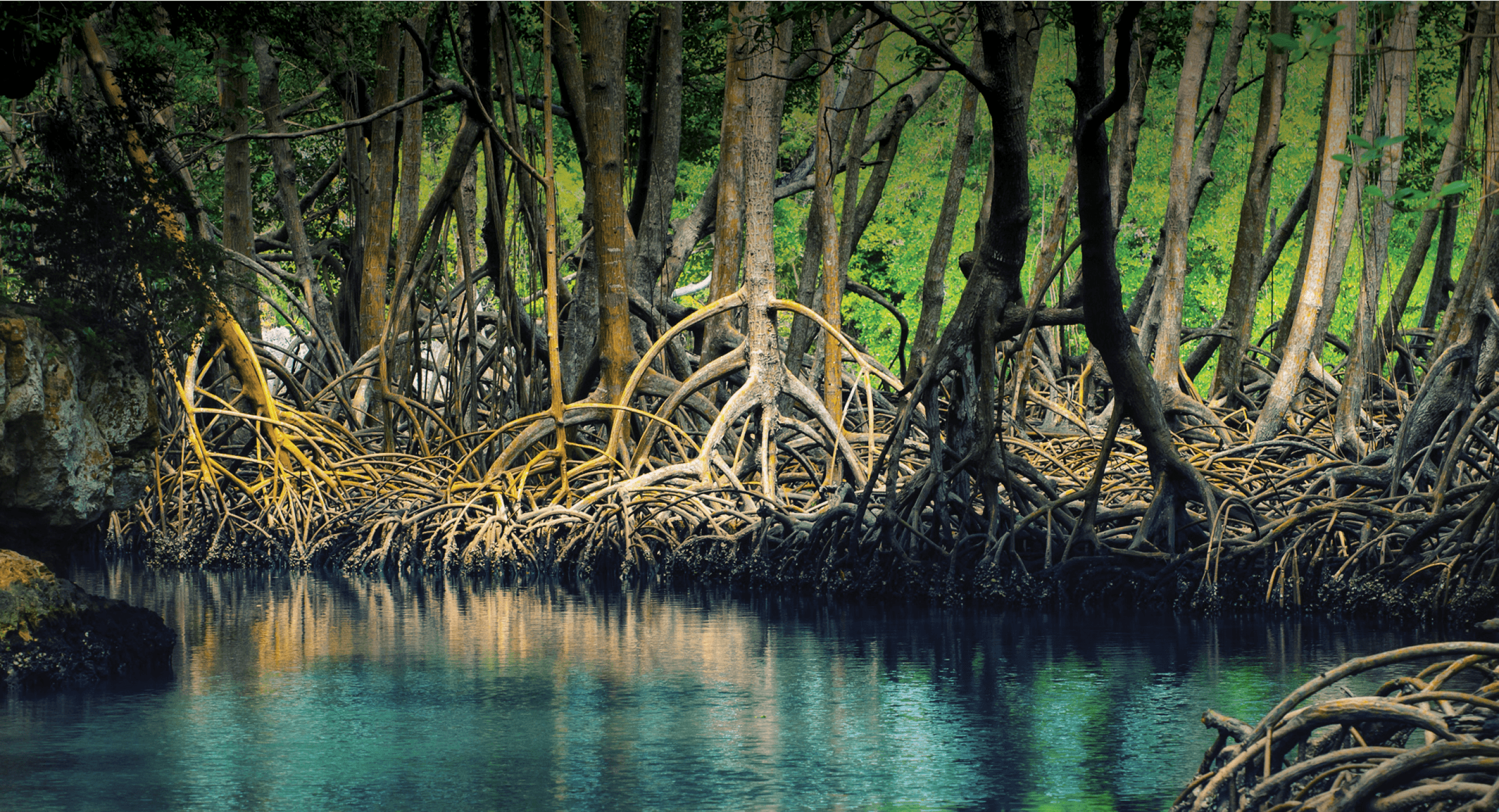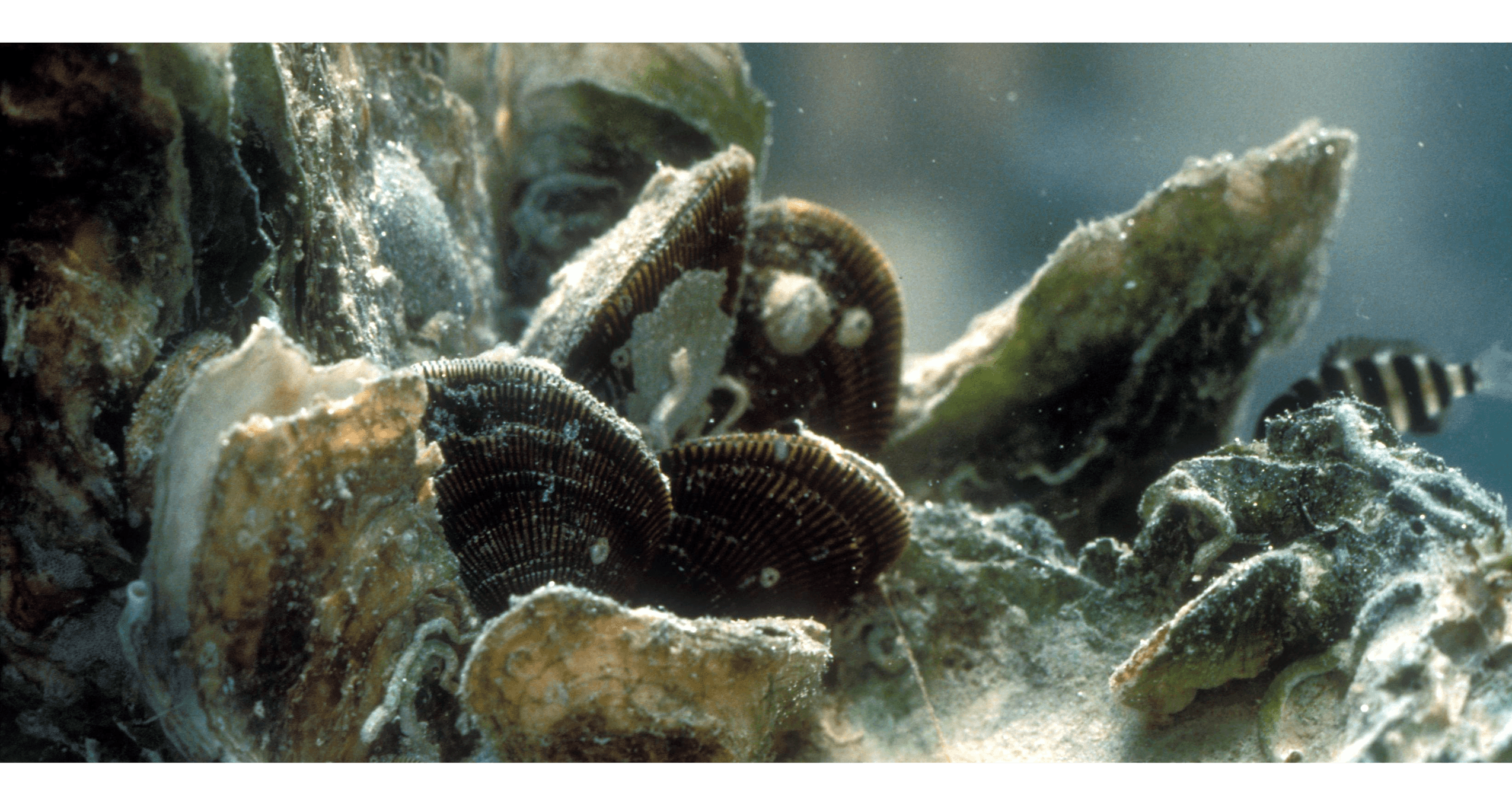Restore coastal wetlands

COASTAL WETLANDS SERVE AS BUFFERS AGAINST COASTAL FLOODING, PROVIDE ESSENTIAL NURSERIES FOR FISH, AND STORE CARBON IN THEIR INUNDATED SOILS FOR THOUSANDS OF YEARS IF LEFT UNDISTURBED.
47% OF COASTAL WETLANDS HAVE BEEN LOST.
Restoring coastal wetlands could absorb up to 2% of annual greenhouse gas emissions while providing natural barriers against storms and rising seas, reducing risks of coastal flooding and erosion, and provide sanctuaries for threatened species.
map sources: Inland Wetlands: Fluet-Chouinard et al 2015. "Development of a global inundation map..." | Mangroves: World Map of Mangrove Distribution. Giri, C. et al. 2008. | Salt Marsh & Seagrass: Global Distribution of Blue Carbon Ecosystems. Blue Carbon Initiative. CI, UNESCO, IUCN | Rivers: Camille Ouellet Dallaire et al 2019. A multidisciplinary framework to derive global river reach.. | emissions reductions and offsets potential based on estimates from Project Drawdown, World Resources Institute, The Nature Conservancy and Griscom et al. Natural Climate Solutions. PNAS (2017)

COASTAL WETLANDS SEQUESTER AND STORE THREE TIMES MORE CARBON PER AREA THAN TROPICAL RAINFORESTS.
"Coastal communities, faced with increasing storm activity and flooding, have realized that wetlands may provide the only real protection from floodwaters and ever higher tidal surges... [and] scientists have discovered over the last few years that sea grass beds, salt marshes, and mangroves sequester and store far more carbon than equal areas of tropical forest."
Stutz, Bruce. “Why Restoring Wetlands Is More Critical Than Ever Along the Delaware River Estuary.” Yale Environment 360. 7/28/2014. image source: Los Haitises mangroves, Dominican Republic. by Anton Bielousov. wikimedia commons. CC3.0
Global Mangrove Distribution

"Mangroves are being lost at a rate of 2% per year. Experts estimate that carbon emissions from mangrove deforestation account for up to 10% of emissions from deforestation globally, despite covering just 0.7% of land coverage. "
sources: World Map of Mangrove Distribution. Giri, C., Z. Zhu, L.L. Tieszen, A. Singh, S. Gillette and J.A. Kelmelis. 2008. Mangrove forest distribution and dynamics (1975-2005) of the tsunami-affected region of Asia. Journal of Biogeography 35: 519-528. Via Wikimedia commons. | quotation: thebluecarboninitiative.org
Global Seagrass and Salt Marsh

"Tidal marshes are being lost at a rate of 1-2% per year. They cover roughly 140 million hectares of Earth's surface. They have lost more than 50% of their historical global coverage."
"Seagrasses cover less than 0.2% of ocean floor, but store about 10% of the carbon buried in the oceans each year. Seagrasses are being lost at a rate of 1.5% per year and have lost approximately 30% of historical global coverage."
sources: map: global distribution of blue carbon ecosystems. Blue Carbon Initiative. Conservation International. UNESCO. IUCN | quotation: thebluecarboninitiative.org

"WHEN PROTECTED OR RESTORED, BLUE CARBON ECOSYSTEMS SEQUESTER AND STORE CARBON...
When degraded or destroyed, these ecosystems emit the carbon they have stored for centuries into the atmosphere and oceans and become sources of greenhouse gases. Experts estimate that as much as 1.02 billion tons of carbon dioxide are being released annually from degraded coastal ecosystems, which is equivalent to 19% of emissions from tropical deforestation globally."
source: The Blue Carbon Initiative. thebluecarboninitiative.org

"RESTORING OUR COASTS CAN CREATE MORE THAN 30 JOBS FOR EACH MILLION DOLLARS INVESTED."
“Thats more than twice as many jobs as the oil and gas and road construction industries combined.”
Source: “From Risk to Resilience: Preparing U.S. Coasts for Climate Change.” Shiva Polefka and Michael Conothan, Center for American Progress, 4/30/2015.
Build For Resilience

"Investing in habit restoration and ecosystem resiliency provides sustainable and lasting benefits that reduce the risks posed to coastal communities from extreme weather events, changing environmental conditions, and known or potential climate change impacts." - NOAA

"CORAL REEFS CAN PROVIDE COMPARABLE WAVE ATTENUATION BENEFITS TO ARTIFICIAL DEFENSES SUCH AS BREAKWATERS"
“200 million People around the world could stand to benefit from reef protection or restoration projects.”
Source:“The effectiveness of coral reefs for coastal hazard risk reduction and adaptation” Ferrario et al 2013; “Want to Protect Cities from the Rising Seas? Try Coral Reefs” Brad Plymer, Vox. 5/14/2014

"NOT ONLY DO OYSTERS FILTER POLLUTION FROM WATER AS THEY DINE ON MICROORGANISMS, BUT THEIR COLLECTIVE BRAWN CAN ALSO SMACK DOWN WAVE ENERGY."
“[Oyster] reefs provided significant coastal protection from waves prior to their disturbance between 1600 and 1800.”
Source: “This New York storm barrier could have slowed down Sandy. But European settlers ate it.” Darryl Fears, Washington Post, 3/10/2016.
Next solution



Learn about Maya Lin’s fifth and final memorial: a multi-platform science based artwork that presents an ecological history of our world - past, present, and future.

Discover ecological histories and stories of former abundance, loss, and recovery on the map of memory.

Learn how we can reduce our emissions and protect and restore species and habitats – around the world.

See how art can help us rethink the problems we face, and give us hope that each one of us can make a difference.

Help make a global memorial something personal and close to home. Share your stories of the natural world.